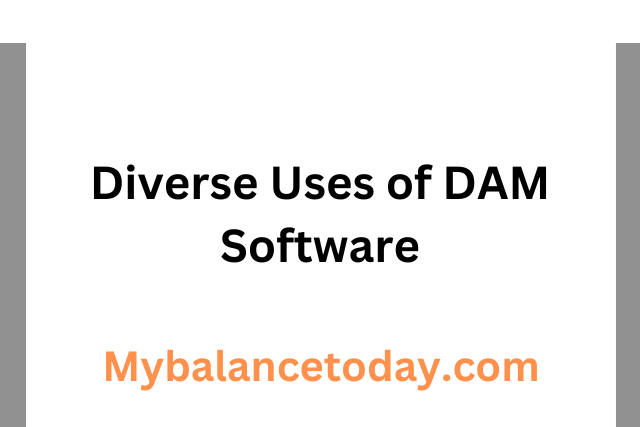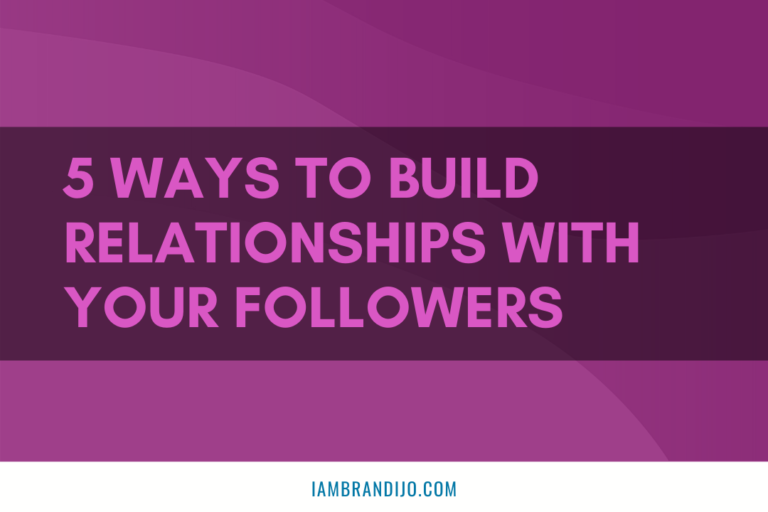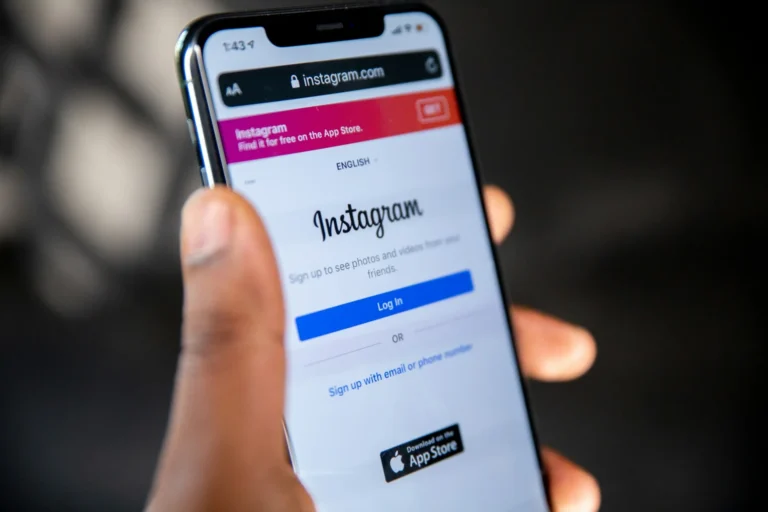How Can One Generate Insightful Reports by Utilizing WhatsApp Marketing Data Analysis Tools

Effective communication with customers is crucial for any business’s success. With over 2 billion users, WhatsApp is a powerhouse for reaching customers through marketing campaigns and support efforts.
To make the most of WhatsApp’s potential, businesses use specialized software. This software helps track how well messages are received and allows for adjustments to make campaigns better over time. It’s not just about sending many messages but about understanding how people engage with them. By analyzing this data, businesses gain insights that shape smarter communication strategies.
Contents [show]
What are WhatsApp marketing data analysis tools?
WhatsApp marketing software is a crucial tool for businesses using WhatsApp Business accounts. It helps them measure and improve how they communicate with customers.
These tools give businesses important information, like how well their campaigns are doing and how customers are engaging with their messages. They help in adjusting strategies to communicate better on WhatsApp.
By using WhatsApp marketing software, businesses can see a dashboard showing things like the number of messages sent and received, how many people opened the messages, clicked on links, and even made purchases. However, the details shown on this dashboard can vary based on the specific WhatsApp Business API provider being used. Different providers offer different features and ways to collect and show data, which can affect the information displayed on the dashboard.
Why to generate insightful reports by utilizing WhatsApp marketing data analytics?
Using WhatsApp marketing data analytics is vital for businesses using WhatsApp Business Accounts. Here’s why;
Tracking Campaigns: It helps businesses see how their different WhatsApp campaigns are performing—like promotions, engagement efforts, customer support, and reconnecting with customers. By checking how well these campaigns work, they can make sure they’re getting the results they want.
Finding Opportunities: Analyzing this data helps spot successful campaigns. Businesses can focus more on what works and fix what’s not doing so well. It also helps identify gaps in campaigns, making room for new ideas while managing costs.
Spotting Problems: Numbers from WhatsApp marketing software show why some campaigns might not be working. Instead of guessing, businesses can use this data to make their WhatsApp marketing better. They can see how much it costs to get a customer (CPA) or how much they’re earning (ROI) from each campaign, and adjust things like messages, images, and designs for better results.
Understanding Customers: By looking at how customers react to different WhatsApp messages, businesses can learn what they like. This helps in sending them more personalized content, making them more likely to engage and buy things.
How to generate insightful reports by utilizing WhatsApp marketing data analysis tools
To generate insightful reports using WhatsApp marketing data analysis tools, businesses should focus on measuring several key metrics;
1. Number of campaigns set up: Monitoring the number of campaigns established via WhatsApp is crucial for businesses aiming to diversify their communication strategies. These campaigns serve various purposes, such as delivering updates, promotions, and targeting specific customer segments. By keeping track of these campaigns, businesses can effectively organize and manage their messaging efforts.
2. Types of WhatsApp campaigns: In WhatsApp marketing, different campaign types serve various purposes for engaging customers. Understanding and analyzing these campaign types is crucial for businesses seeking effective communication strategies;
- Customer Service Campaigns: Aimed at handling customer inquiries and providing support promptly
- Promotional Campaigns: Deliver discounts, offers, and special promotions to attract customer attention
- Surveys and Feedback Campaigns: Collect feedback and opinions from customers, aiding in business improvement
- Announcement Campaigns: Send important updates and announcements to keep customers informed
- Referral Campaigns: Encourage customers to refer friends and family to the business, fostering growth
- Lead Generation Campaigns: Generate leads by incentivizing customers to share their contact information
- Re-engagement Campaigns: Target customers who haven’t interacted recently to regain their interest.
Each campaign serves a specific purpose, and analyzing their individual performance helps in identifying successful strategies and areas for improvement in WhatsApp marketing efforts. Understanding the effectiveness of each campaign type contributes to refining messaging approaches and achieving better outcomes in bulk WhatsApp marketing initiatives.
3. Open rate: The open rate measures the frequency at which your messages are accessed and viewed by recipients on WhatsApp. This metric is vital in assessing message effectiveness and audience engagement. By tracking the open rate, businesses gain insights into which messages resonate better with their audience, indicating content relevance and interest levels. Additionally, analyzing open rates helps in determining the best times to send messages, optimizing engagement, and increasing the chances of reaching more recipients.
4. Click-through rate: The click-through rate (CTR) is a key performance indicator. It gauges the success of messages by measuring the number of clicks on links or calls-to-action within the messages compared to the total message deliveries. This metric provides insights into the effectiveness of your messaging content in encouraging recipient engagement and potential conversions. A higher CTR indicates that the content or call-to-action within the message resonates well with the audience, prompting them to take the desired actions. Analyzing the click-through rate helps businesses identify high-performing messages and optimize messaging content, layout, and placement to increase engagement and drive more conversions.
5. Engagement rate: The engagement rate is a crucial metric that measures how people interact with your messages on WhatsApp. It provides insights into how your audience responds to your content. By evaluating the engagement rate, you gain an understanding of the effectiveness of your messaging strategies. It helps in assessing which messages receive better responses and which ones might need improvement.
6. Conversations: Tracking conversations—whether they are automated or manual—provides valuable information about customer interactions. These interactions are essential indicators of customer interest and engagement with your brand. Monitoring the number of two-way conversations, such as responses to inquiries or conversations initiated by users, helps gauge customer interest and intent before they take any significant actions.
7. Contacts: Monitoring gained or lost contacts over time is vital for understanding user interactions and preferences on WhatsApp. This metric provides insights into when users opt-in or unsubscribe from your contact list. By observing these patterns, businesses can adapt their communication strategies accordingly.
8. Conversion rate: The conversion rate on WhatsApp measures the success of your messages in driving desired actions, such as website traffic or sales. It determines how effectively your campaigns are translating message engagement into actual conversions. By tracking this rate, businesses can evaluate the impact of their WhatsApp campaigns on consumer behavior, identify high-performing campaigns, and optimize underperforming ones.
9. Revenue-generated: Evaluating the revenue generated from WhatsApp campaigns involves analyzing the income generated from customer interactions initiated through WhatsApp messaging. This includes assessing average order values, profits from sales generated through the platform, and the overall contribution of WhatsApp to the company’s revenue stream.
10. Spend on WhatsApp: Tracking the expenditure on the WhatsApp Business Platform is essential for understanding the costs associated with operating business communications via WhatsApp. This metric encompasses charges for conversations and messages sent within specific time frames. Monitoring WhatsApp spend provides businesses with insights into their communication expenses, aiding in cost management, budget allocation, and resource planning. Understanding the costs involved helps in optimizing messaging strategies to ensure efficient utilization of resources while maximizing the benefits derived from WhatsApp marketing efforts.
Conclusion
In the world of WhatsApp marketing, using data analysis tools to generate insightful reports is a game-changer for businesses. By measuring various metrics like campaign performance, customer engagement, and conversion rates, companies gain valuable insights that shape smarter communication strategies. These insights help in understanding customer behavior, refining messaging approaches, and optimizing campaigns for better outcomes.
In essence, harnessing WhatsApp marketing data analytics helps businesses to make informed decisions, engage more effectively with their audience, and drive better results. It’s not just about sending messages but understanding how customers respond and tailoring strategies accordingly. By continuously evaluating and refining their approaches using these insights, businesses can stay ahead in the game by nurturing stronger connections and achieving greater success.




